23 ways to analyze competitor websites (Step-by-step Guide)
Monitoring competitors' websites is challenging due to the huge amount of time required.
But before going into details, let's learn why monitoring competitor websites is important.
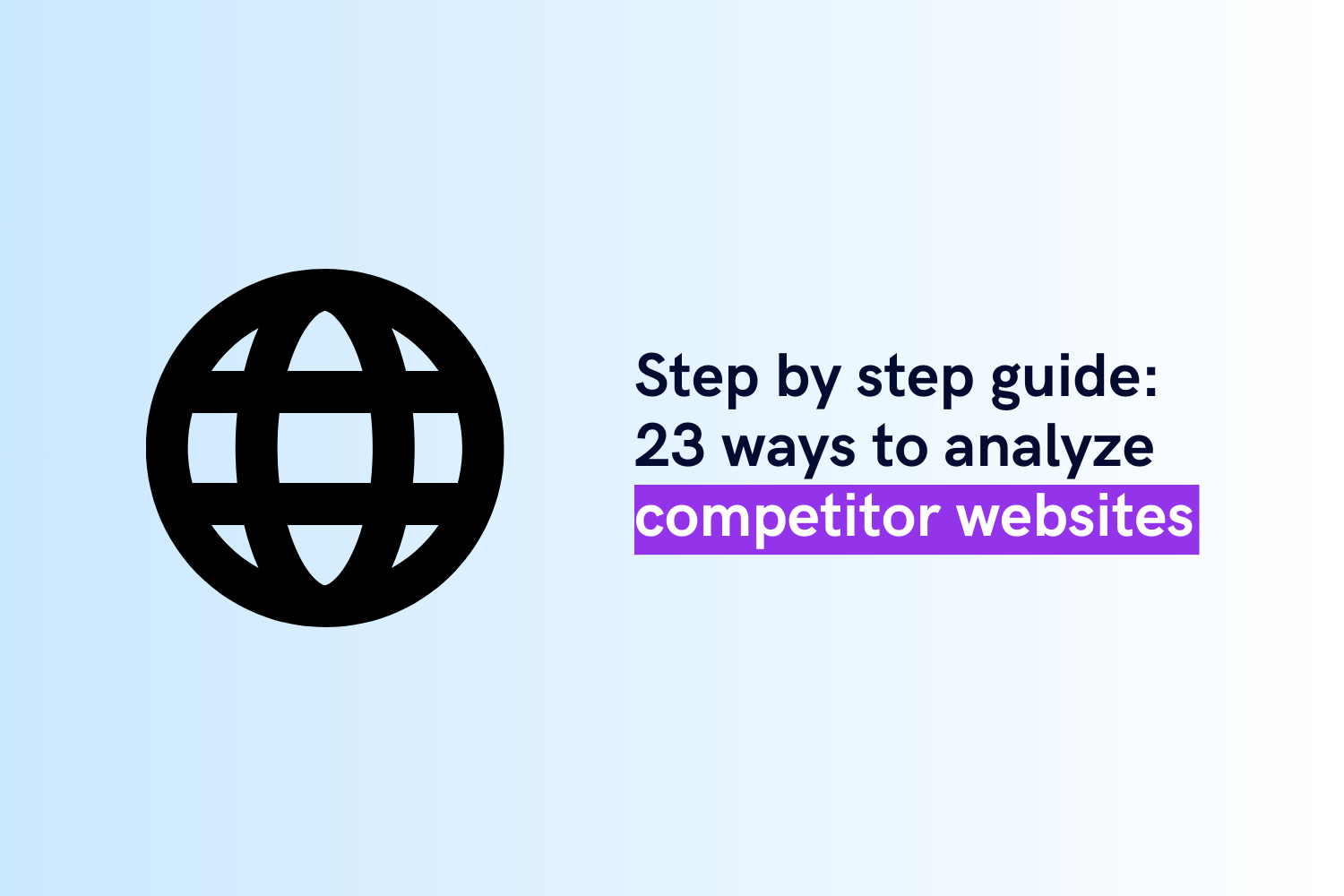
23 ways to analyze competitor websites (Step-by-step Guide)
Why do you need to monitor competitor websites?
Creating a solid competitive advantage requires a continuous data flow. Such data can be gathered from any website. But one of the best sources for competitive intelligence is your competitors' websites.
Competitors update their websites to show new features and talk to their customers. They run A/B tests and try new messaging and positioning on landing pages. You need to monitor them for updates and to analyze trends.
In a crowded market, every change matters.
In a crowded market, you lose customers to competitors due to the little details you miss.
Monitoring competitors' website changes lead to more competitive wins and better positioning. Ultimately leading to more revenue.
How to identify your competitors (Direct + Indirect)
First, you need to start identifying your competitors to track their websites.
We have published a comprehensive guide to identify all direct and indirect competitors. Including 17 free sources.
Here is the summary of methods to identify all competitors:
- Use Compint: We automatically find competitors and new market entrants and notify you.
- Use Google: Google is your best friend in market research.
- Focus on how people search: It could be the market's name, some features, or use cases for specific teams...
- Collect field intelligence: Sales and marketing teams hear about competitors every day. Ask them who they are.
- Centralize information: Collect and sync all competitive intelligence in one place.
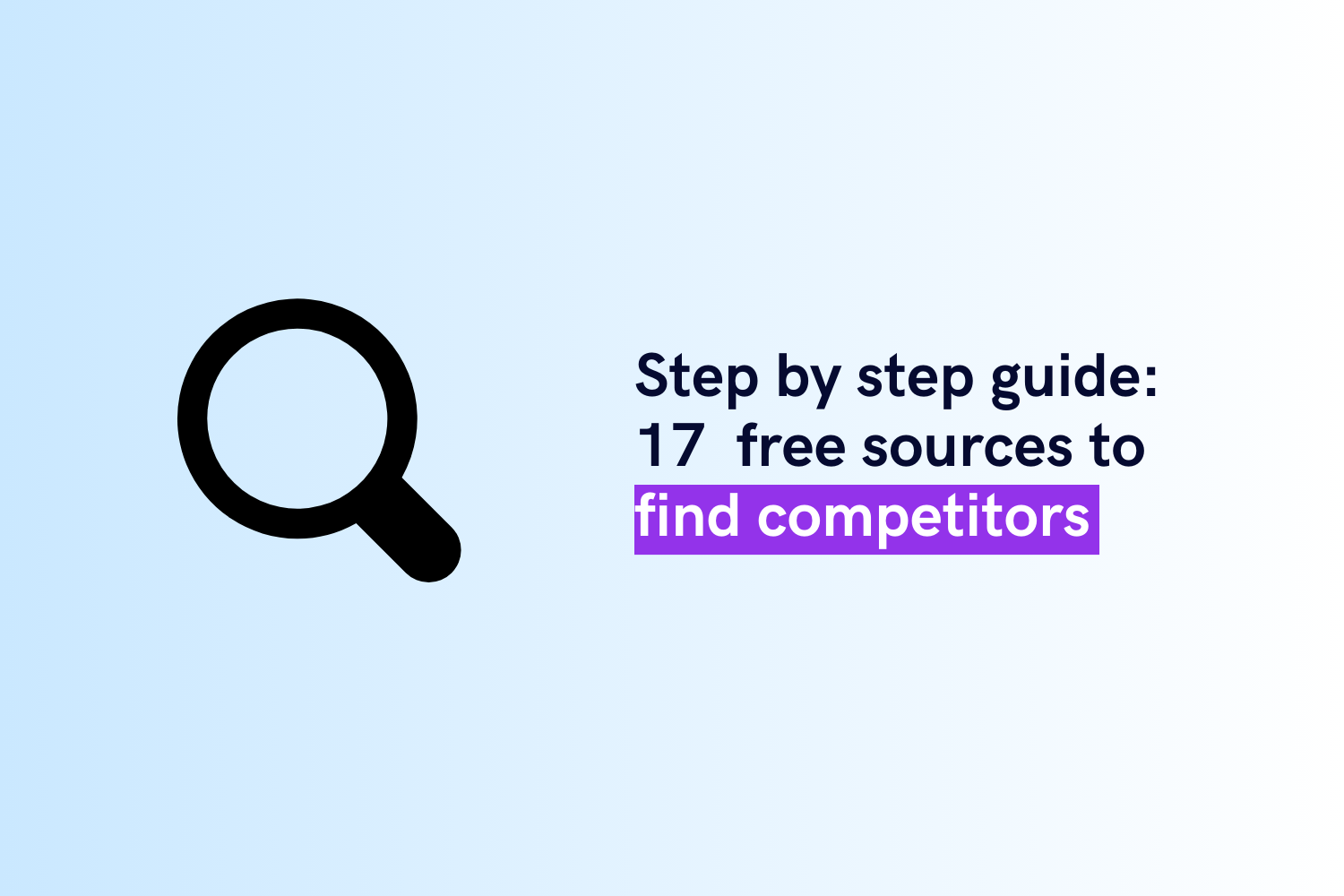
17 free sources to find competitors (Step-by-step Guide)
Which competitor pages do you need to monitor?
List of competitor pages you need to monitor:
- Landing (Homepage)
- Products
- Solutions
- Plans & Pricing
- Resources
- Case studies
- Press releases
- Release notes
- Blog posts
- Languages
- Free tools
- Developer documentation
- Careers
- Sign up & Sign in
- Integrations
- Partners
- Call to action (CTA)
- Forum
- Investor Relations (IR)
- Leadership
- Terms and Conditions
- Request demo
- Website design
1. Landing (Homepage)
Landing pages are the most updated pages. You need to monitor landing pages. This is to see competitors' A/B tests, branding, messages, and position changes.
You can also find about competitors' limited offers and promotions on their homepage.
Landing pages get the most visits, making it essential to check them regularly.
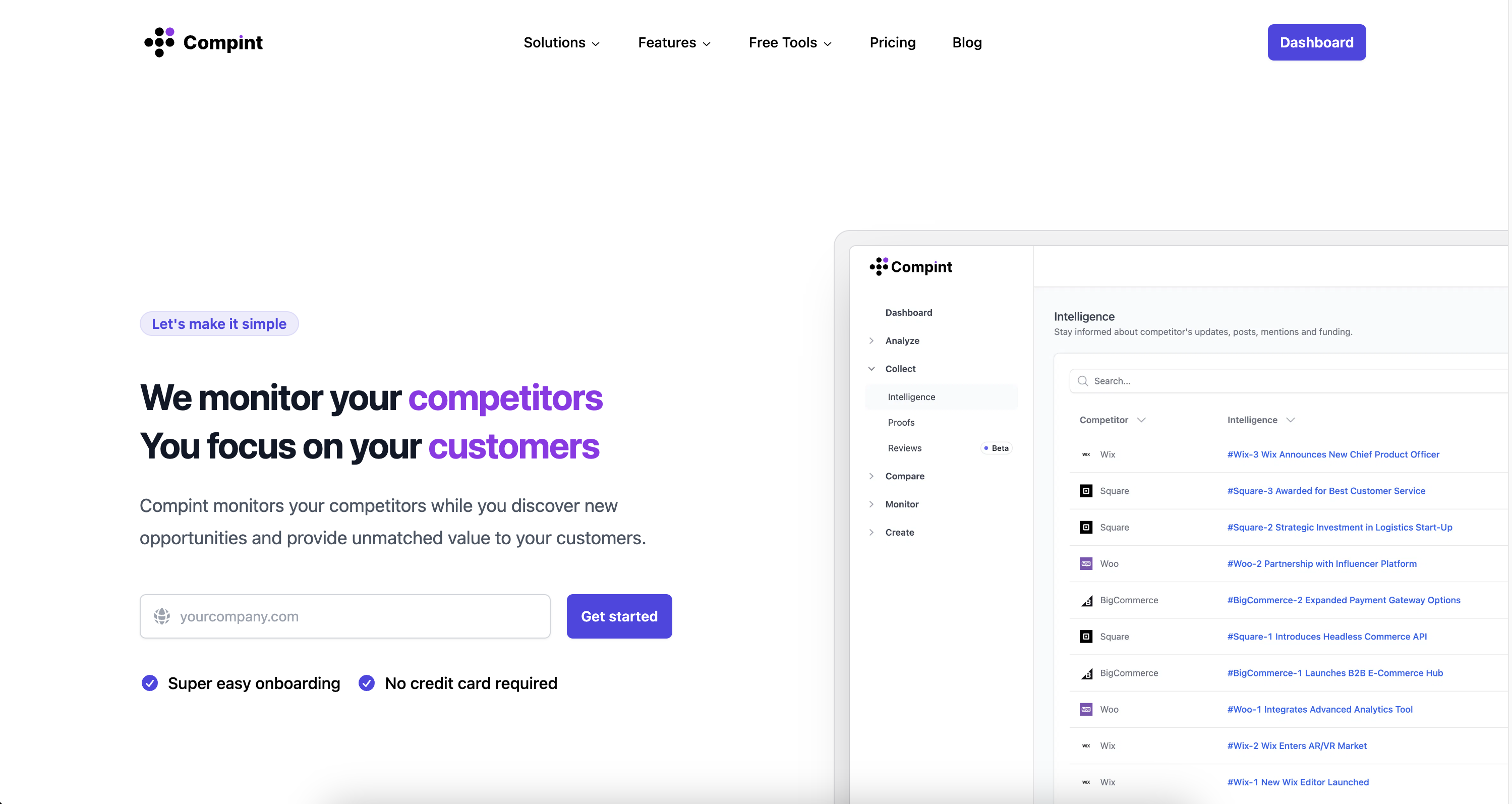
Analyze competitor's landing page for messaging and positoning changes
2. Products
Competitors talk about their existing and new features on the product pages. Product pages can also include some data about the capabilities of those products.
By the way, these pages are a great source for your competitive matrix.
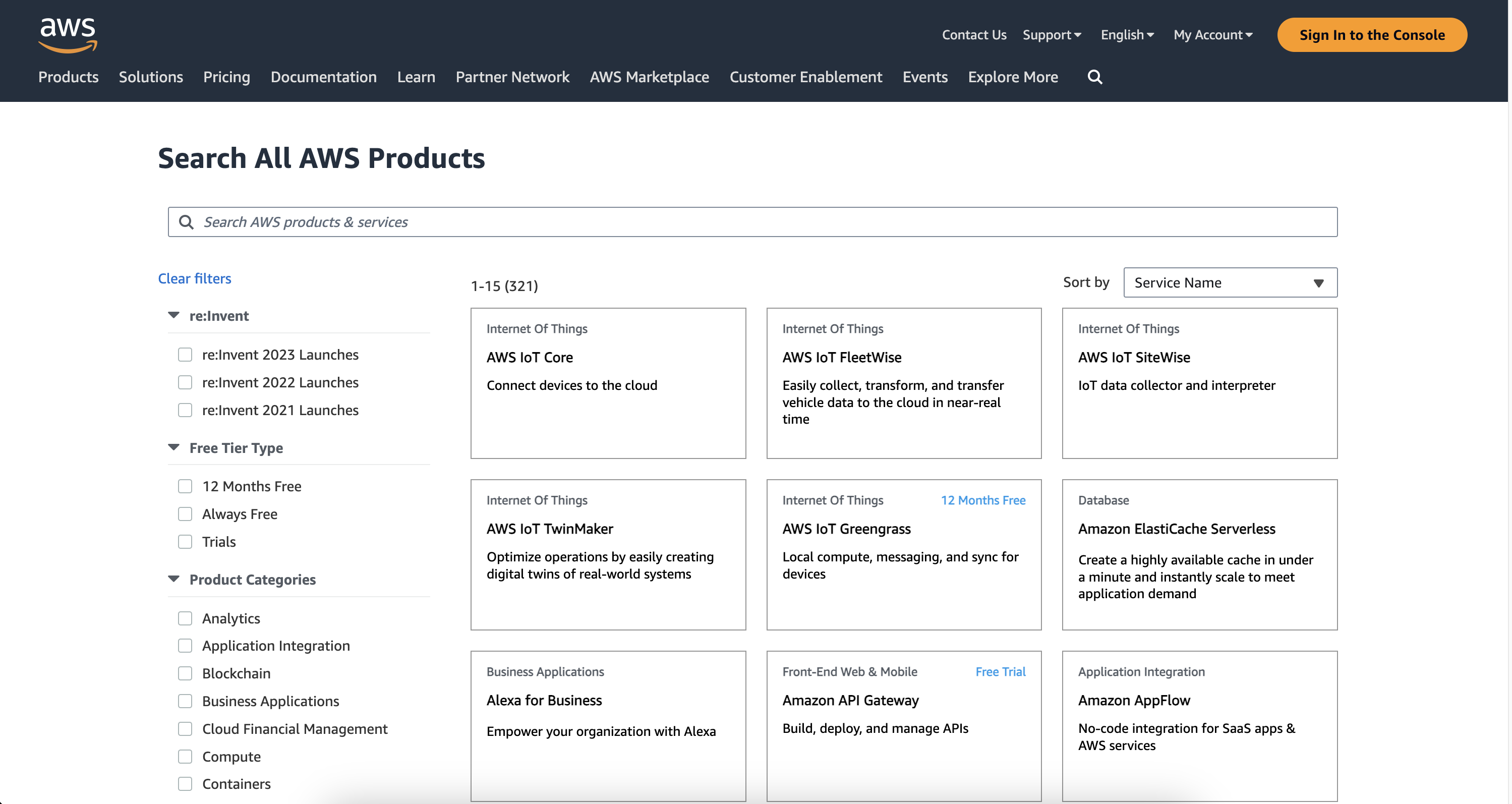
Analyze competitor's products overview page for new and existing products
3. Solutions
Solutions pages mention all the benefits of using their platform. Competitors mention the problems they solve. They also mention their target customer on the solutions pages.
Tracking solution pages helps spot changes in their customer focus, plans, and strategy.
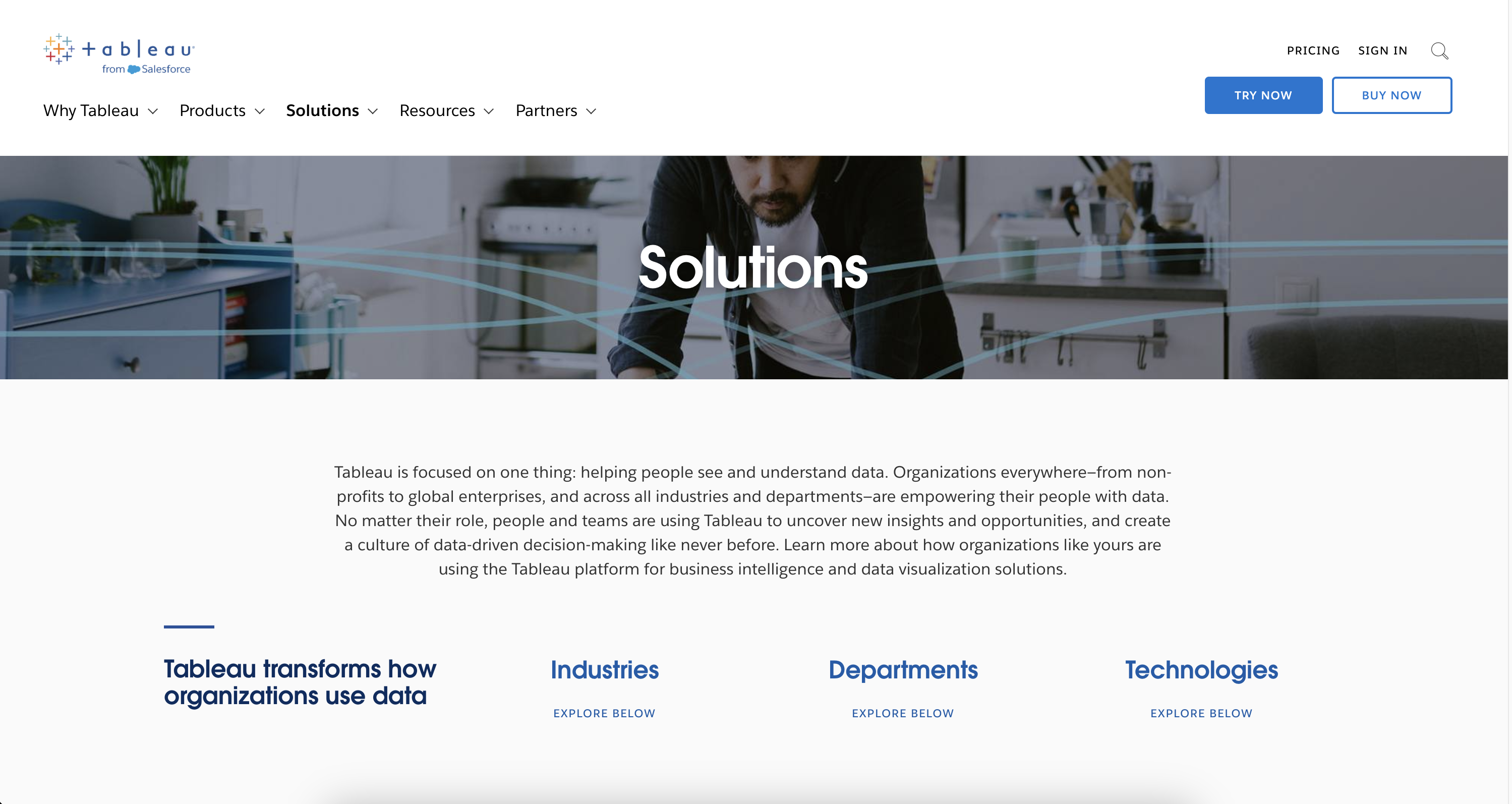
Analyze competitor's solutions for their target customer profile
4. Plans & Pricing
Obviously! Pricing pages show the different plans and features offered by competitors. In a competitive market, even a few dollars matter. So, just watch your competitor's pricing pages to catch even the tiniest details.
Although many tools focus on pricing changes only, you do not need them if you are not in the eCommerce market.
Our free competitor website monitor tool notifies you when something interesting happens on competitors' pricing pages. Just use it.
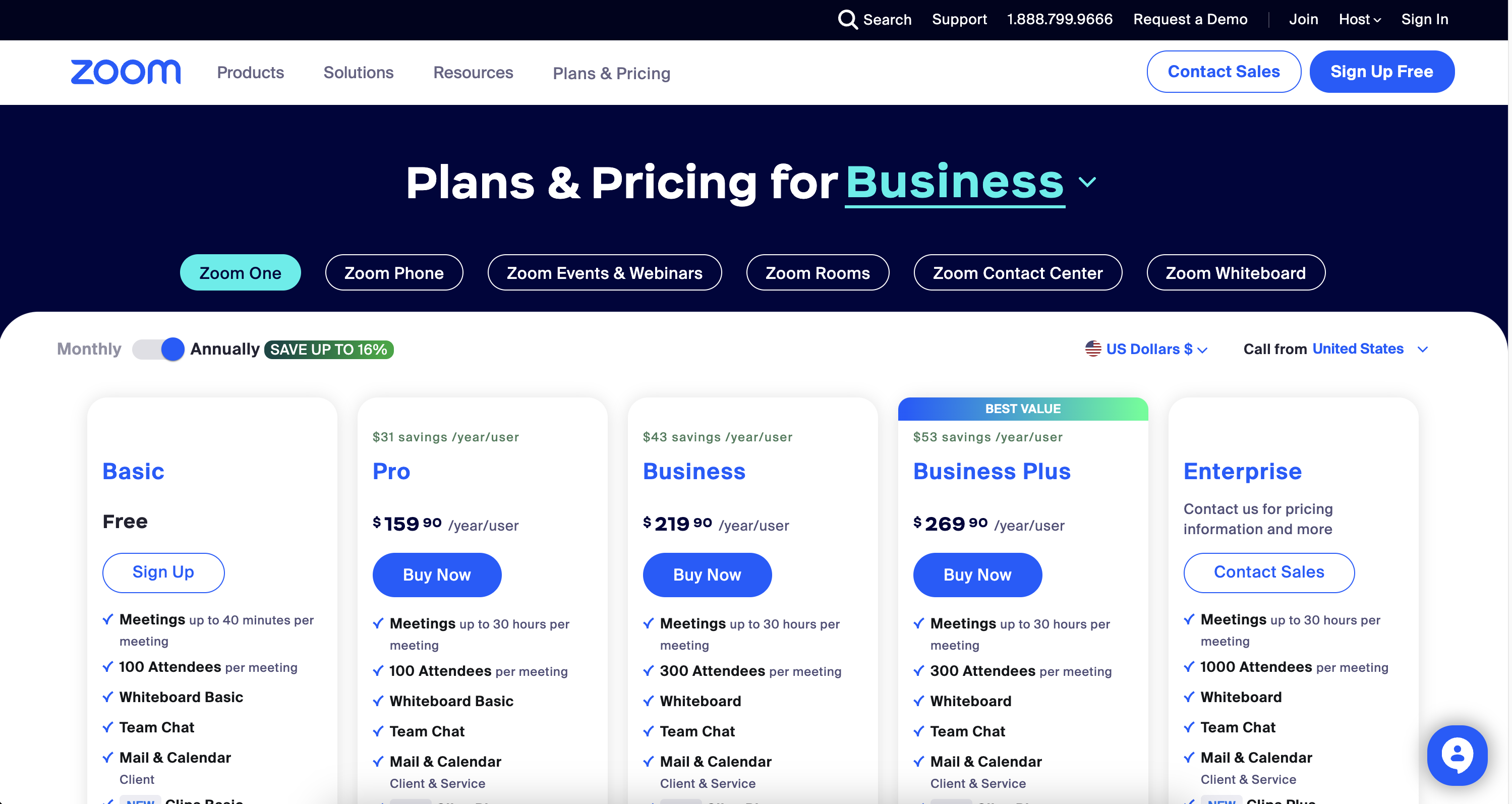
Analyze competitor's plans and pricing pages
5. Resources
Marketing teams create content to improve search engine rankings and reach more prospects. They write about their potential customer's pain points and offerings. Those resources aim to convert users to paying customers.
Resource pages include many content types. They have blog posts, press releases, templates, and more. This is too huge to cover so that we will dig into each in detail. Continue reading!
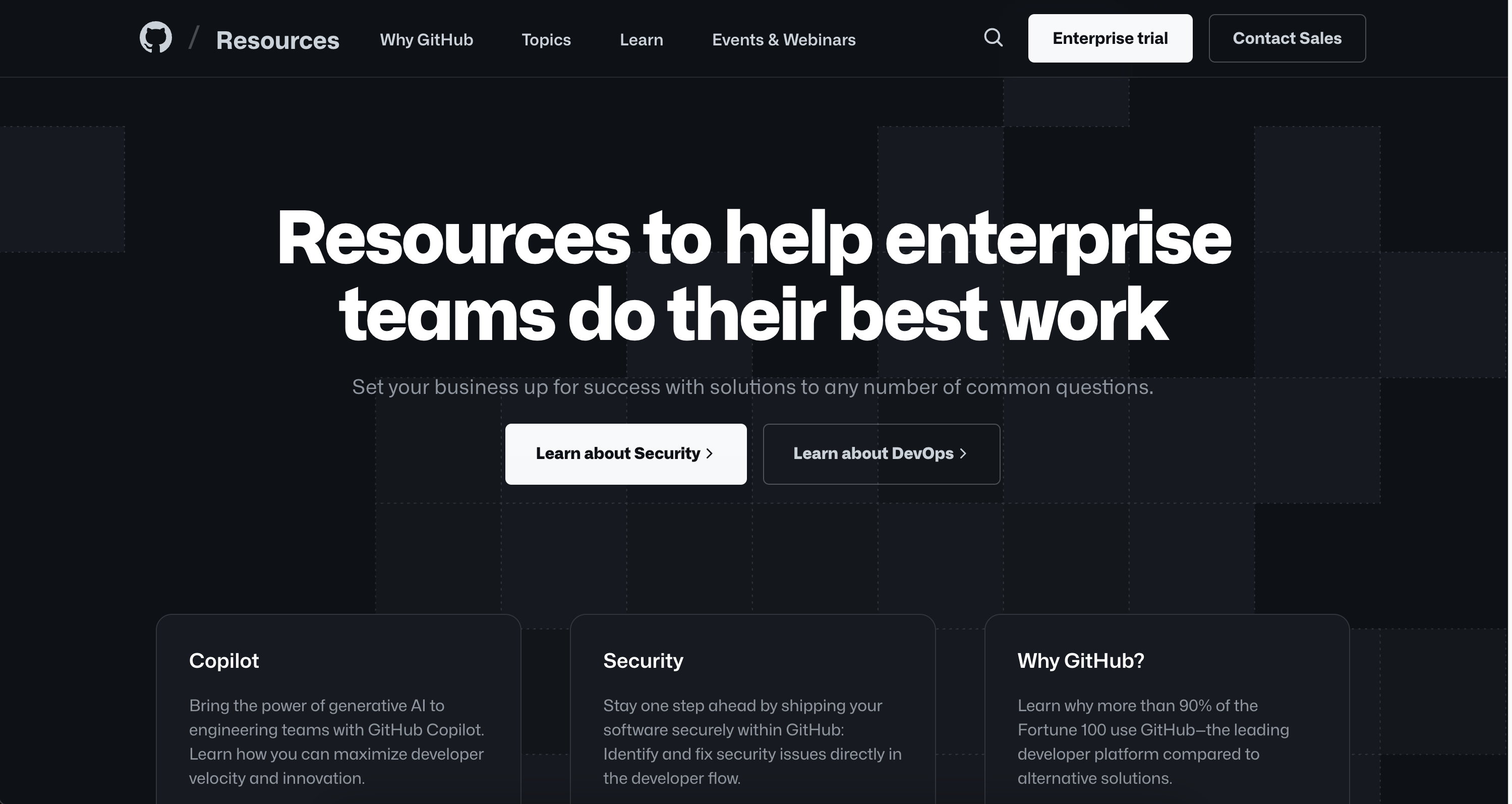
Analyze competitor's resources page to identify marketing strategies
6. Case studies
A case study shows how a product helped a company. If your competitors have public case studies, start monitoring them right now. Because they list all the actual impacts of your competitors' products on the case studies.
Case studies are reliable because they write them together with their customers.
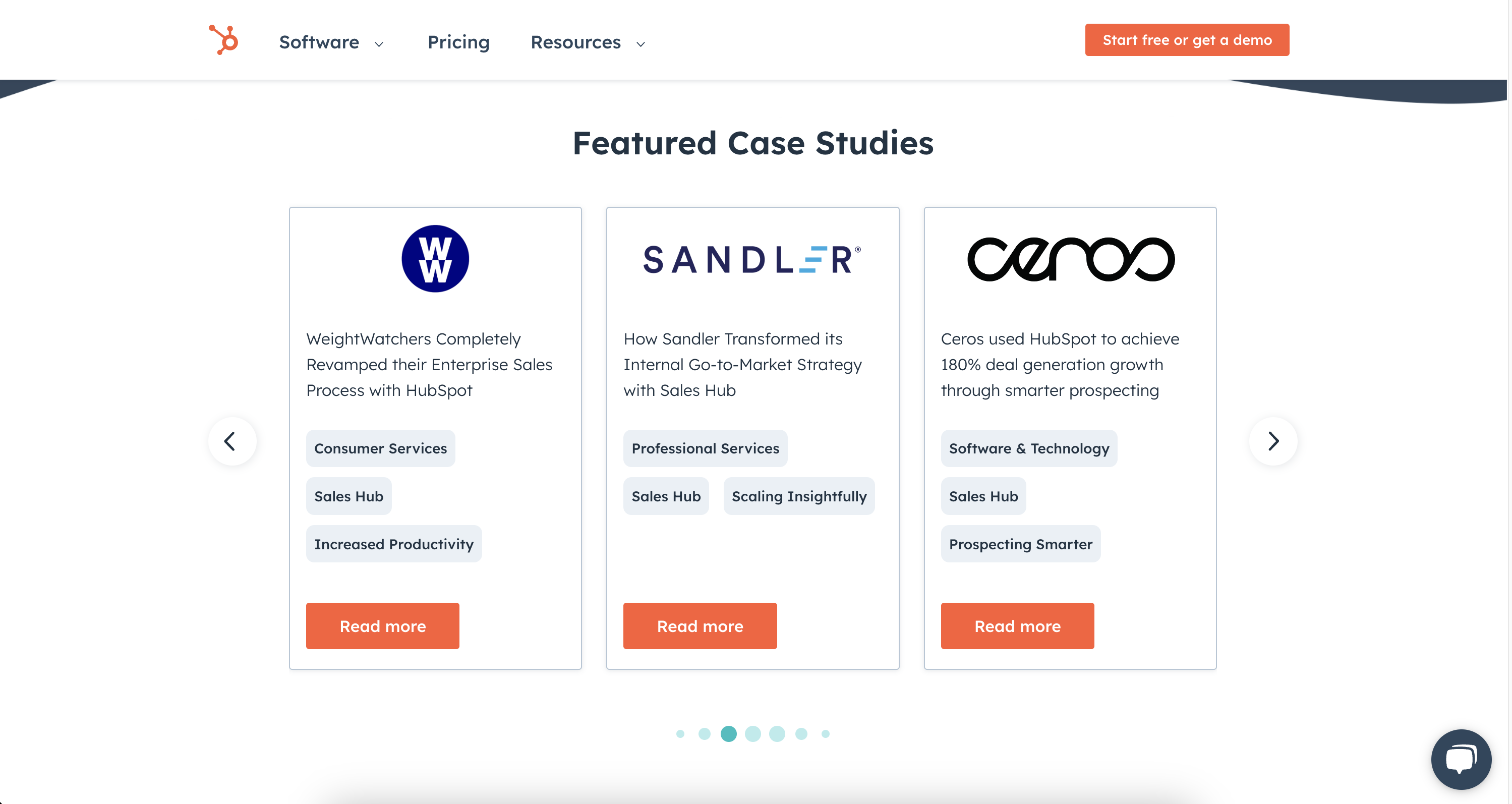
Analyze competitor's case studies to learn about their products' real impact
7. Press releases
A press release is a company's public announcement. They share insights about the direction and critical changes in your competitors.
It isn't easy to monitor press releases as they are published in newspapers or on their websites. But no worries because Compint monitors both news mentions and website changes.
By the way, you can track competitor news mentions for free, with this tool.
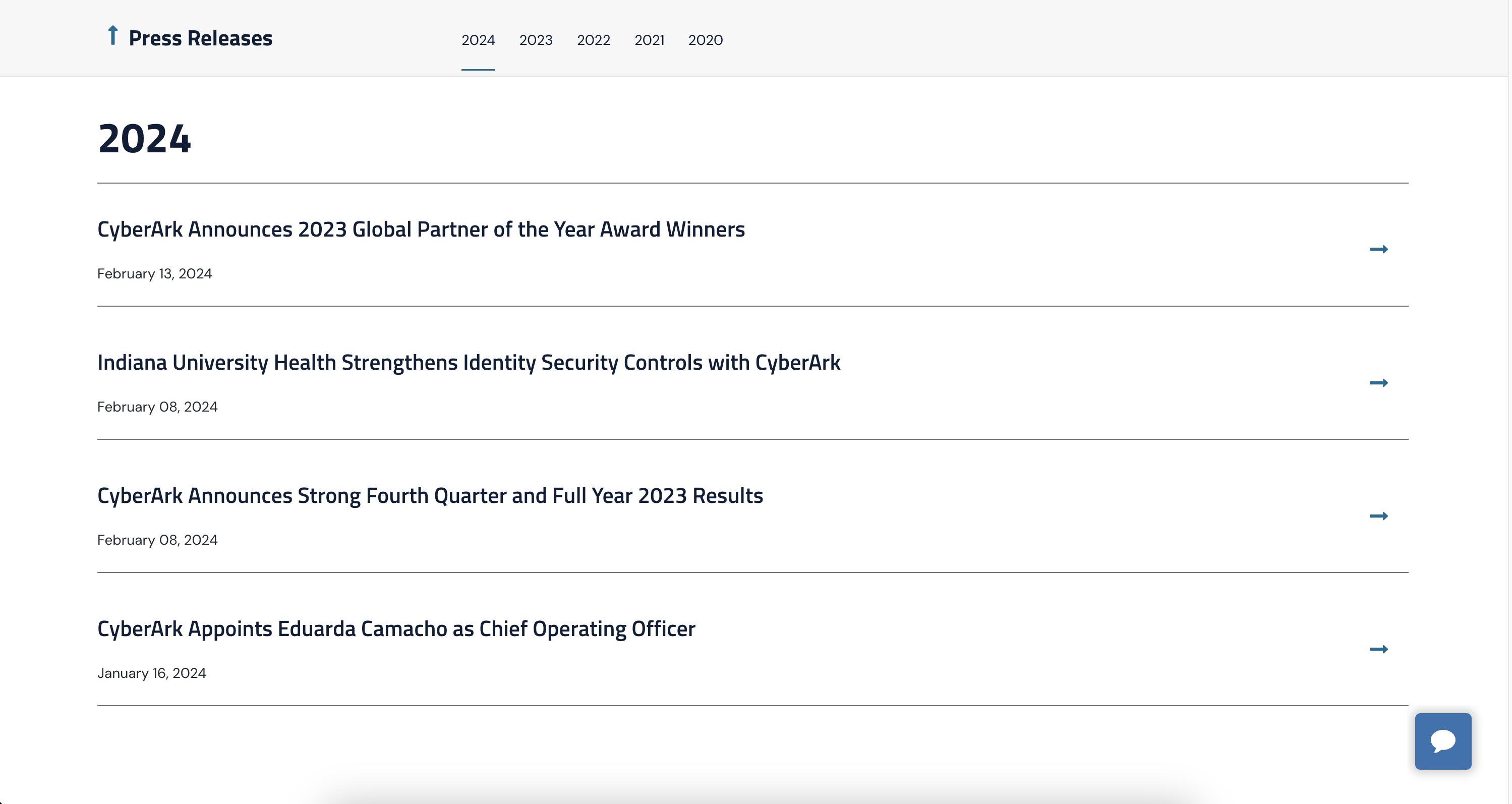
Analyze competitor's press releases to see critical changes in direction
8. Release notes
Some companies prefer a specific page for product updates and release notes. You are lucky if your competitors have a public page.
There can be some valuable insights about their feature capabilities and new features. Like product pages, release notes can be helpful for a competitive matrix.
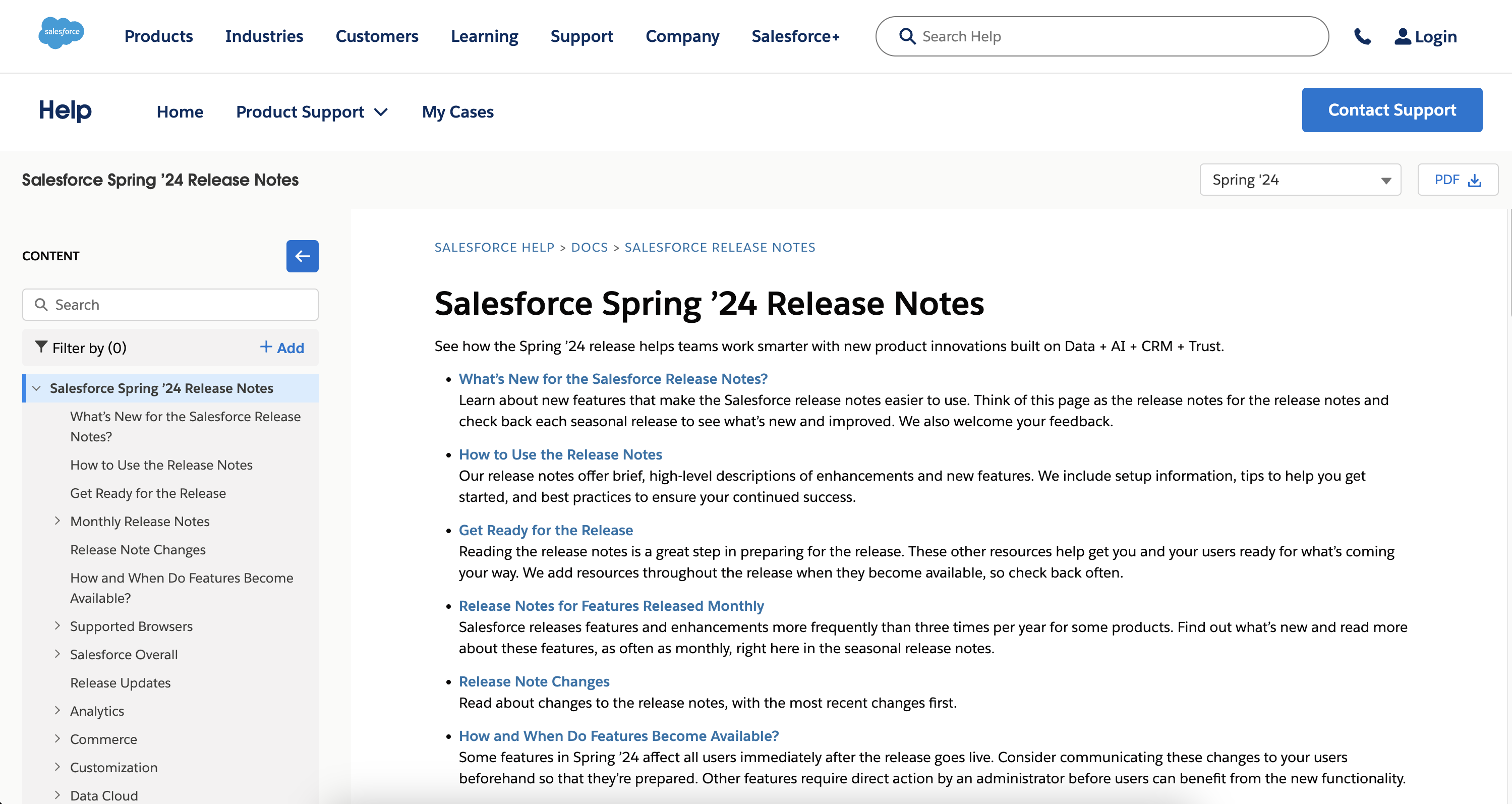
Analyze competitor's release notes for creating feature matrix
9. Blog posts
Blog posts are a good source to educate potential buyers and promote products. Blog posts often highlight a feature. They also provide all the information a potential customer needs to know.
Sometimes, companies record videos and write detailed how-to's about the products. Monitoring and storing all these insights in one place is a good idea.
Compint monitors all these web page changes and stores them for further analysis.
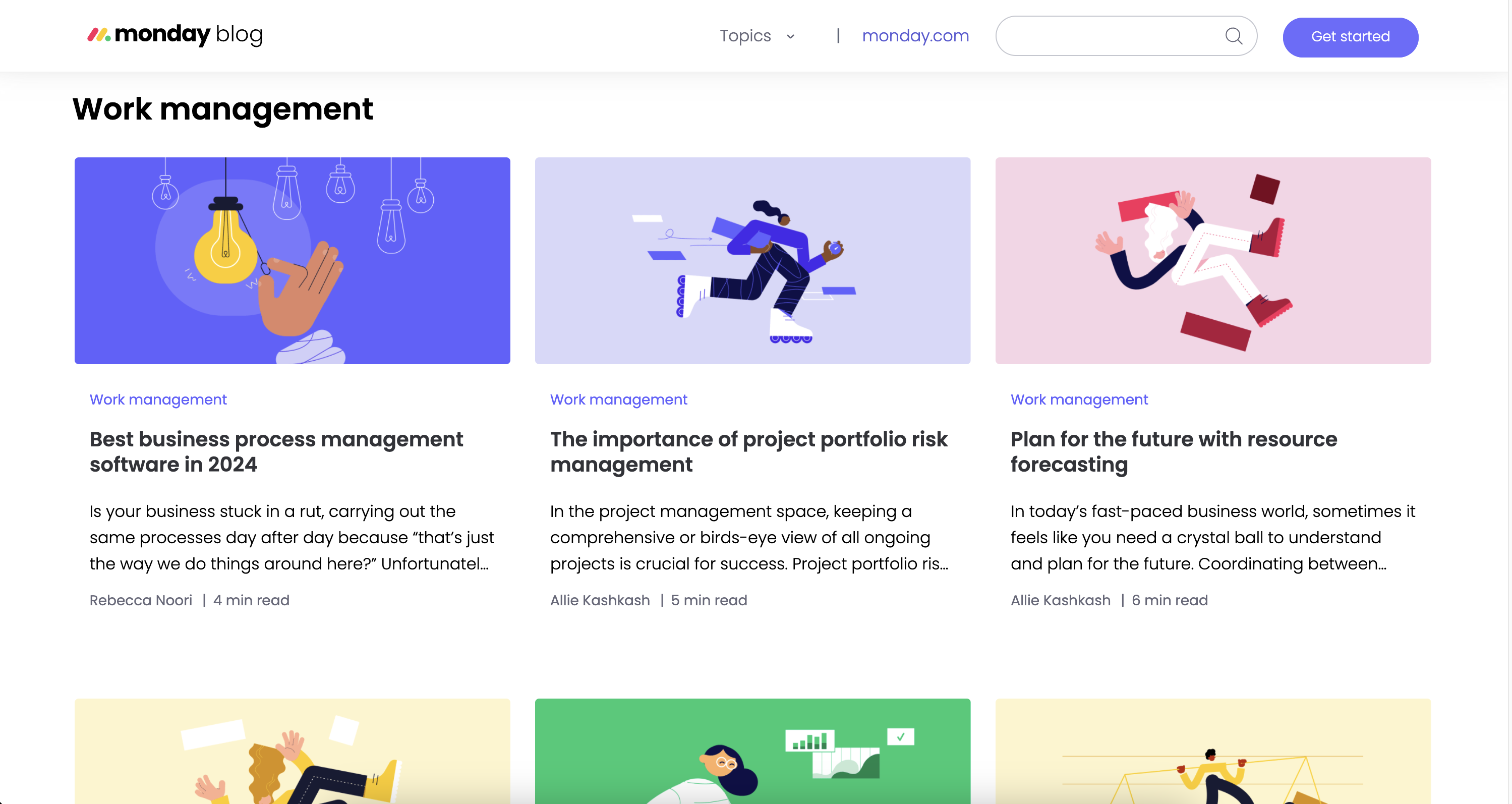
Analyze competitor's blog posts for more competitive insights
10. Languages
When companies expand into other regions, they start localizing their content. They also create specific web pages.
Tracking these changes can show you who's operating in or aiming at what regions. That affects the competition significantly.
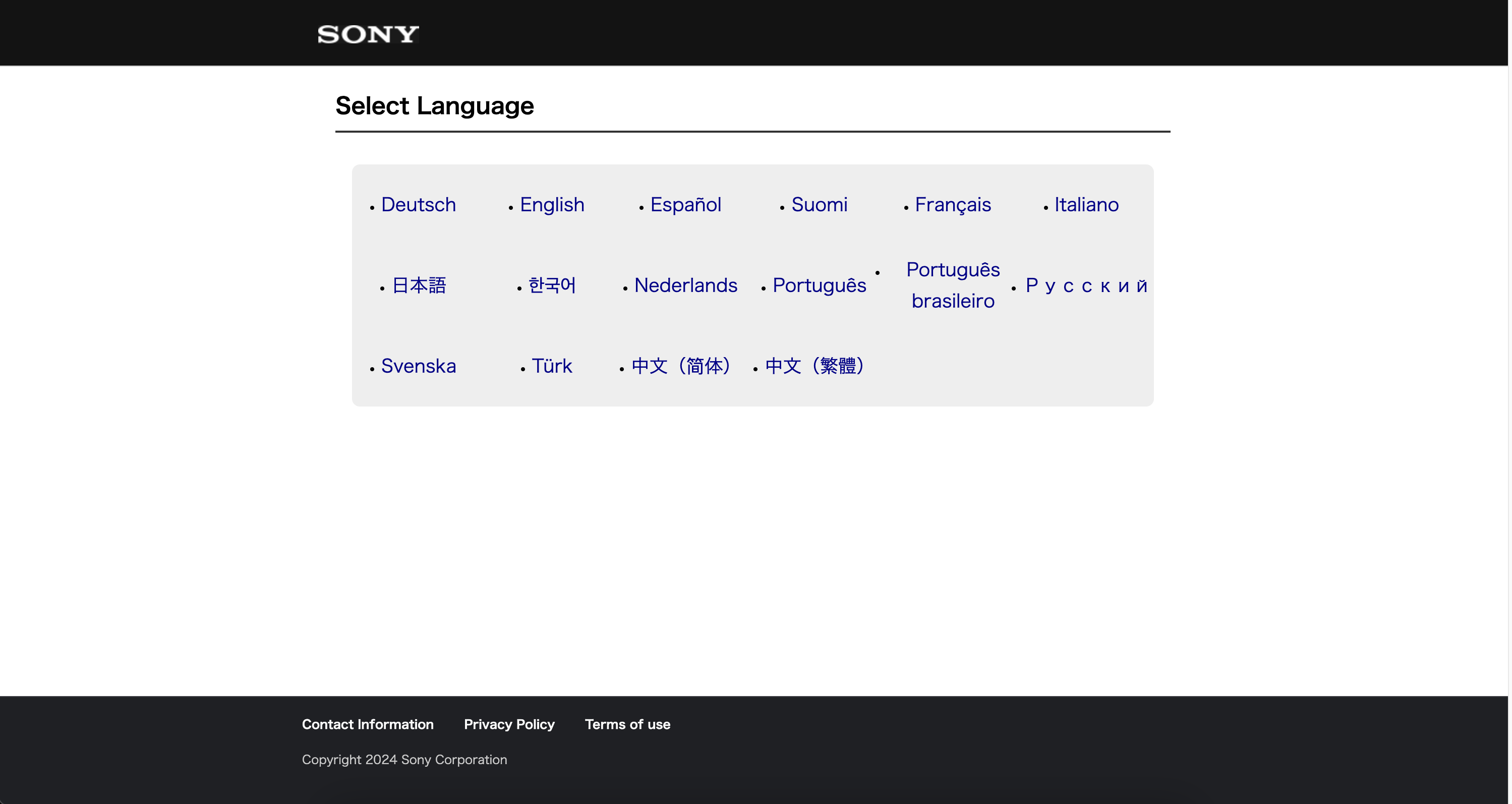
Analyze competitor's languages for new expansions and target markets
11. Free tools
Free tools exist for marketing reasons. They help companies convert people having a specific problem to paying customers. They provide immediate value to users. Your competitors probably have some free tools for that reason.
Free tools show which problems are worth solving. Monitoring competitors' free tools can help you understand customer pain points better.
By the way, we have some free tools that can help for competitive analysis.
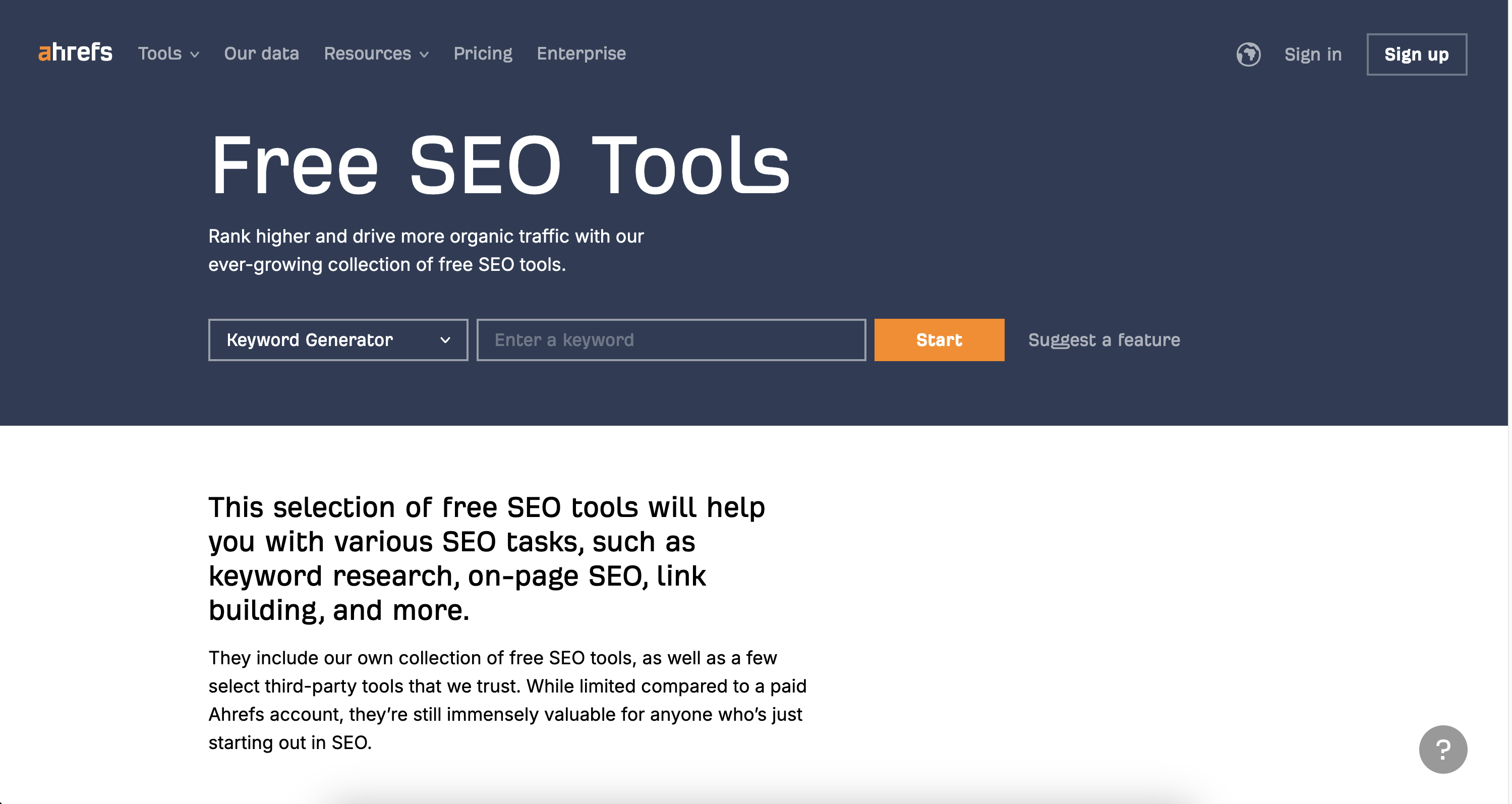
Analyze competitor's free tools to understand customer pain points
12. Developer documentation
For SaaS businesses focusing on APIs, developer docs changes can reveal valuable competitive insights.
For example, adding a new API call to their core product, depreciation of some parameters, etc.
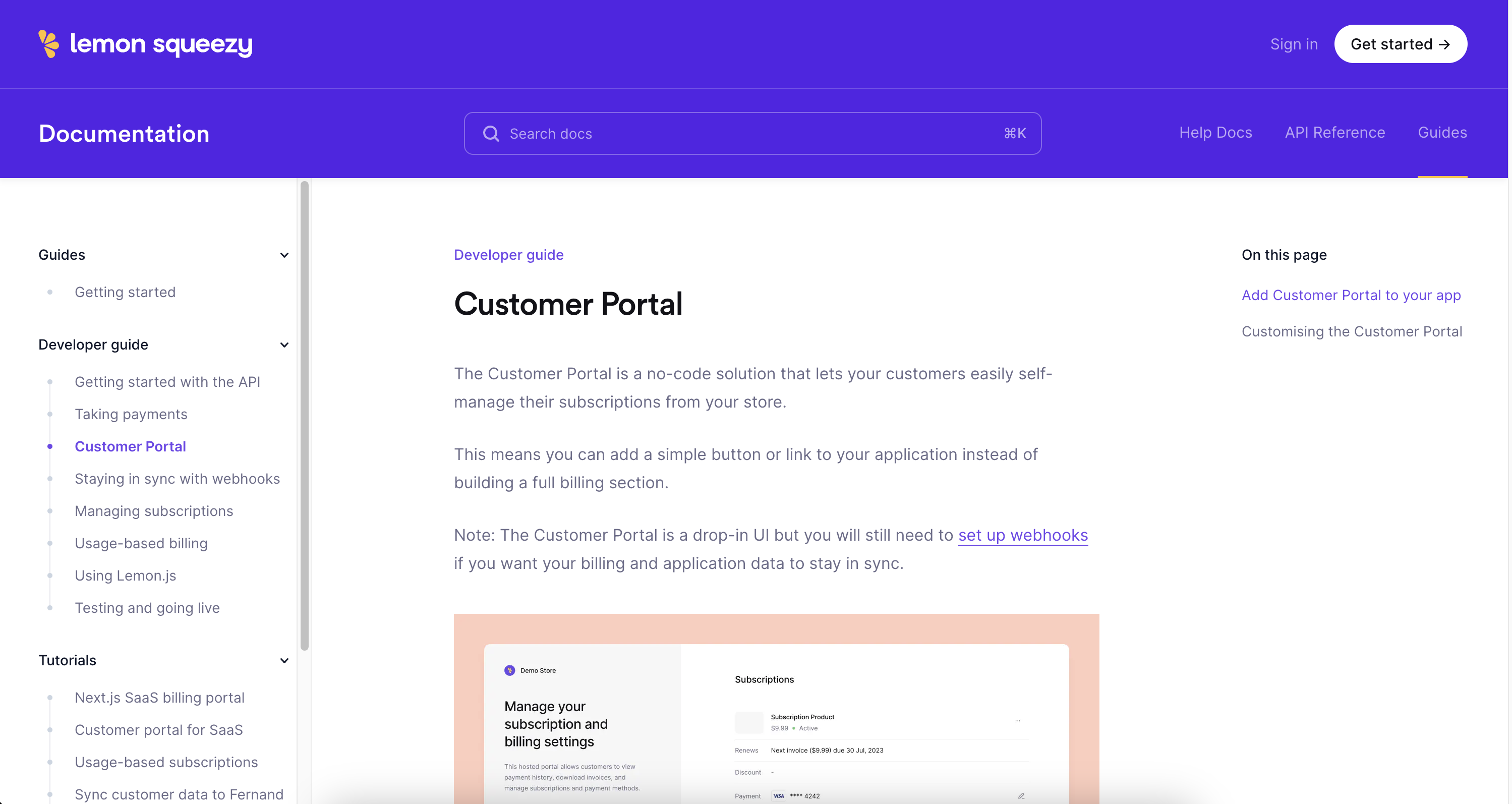
Analyze competitor's developer docs to see new and deprecated features
13. Careers
Careers pages show you how the competitor is doing internally. For example, are they growing, hiring from a specific location or laying off people?
Salary ranges on job postings can also help you estimate a competitor's revenue.
Tracking the careers page is challenging as they could use some platforms, but Compint is here to help.
Monitor competitors' careers pages. See if they are entering new markets, targeting a specific background to hire, or shrinking.
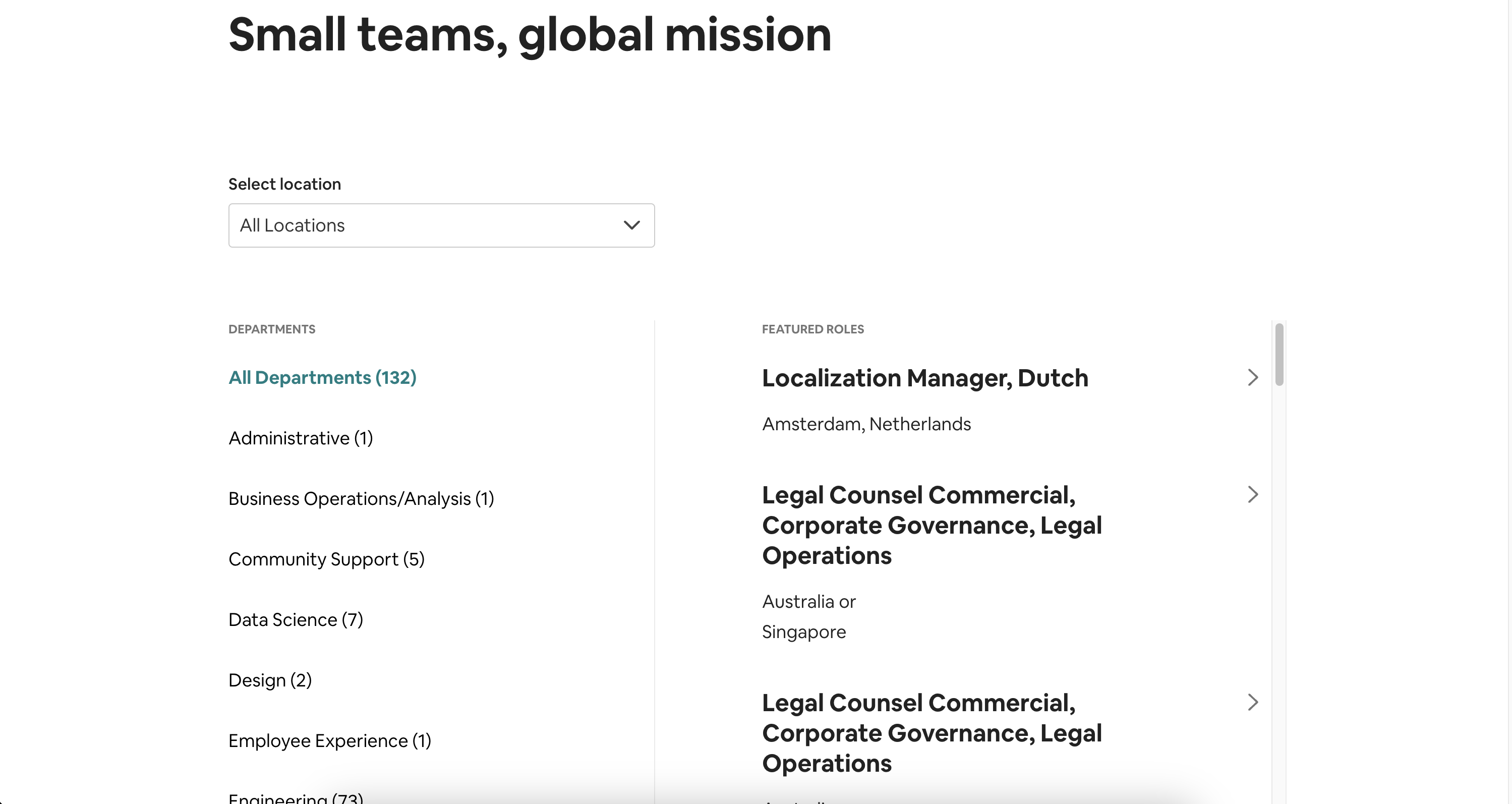
Analyze competitor's careers page to see how competitors are doing internally
14. Sign up & Sign in
Seeing sign up and sign in pages in that blog post may be a surprise. But they are one of the most critical pages for conversion rates.
Such changes as a new login method like "Login with Github" or a new input on the signup process might be insightful.
Just monitor them, like once in a month.
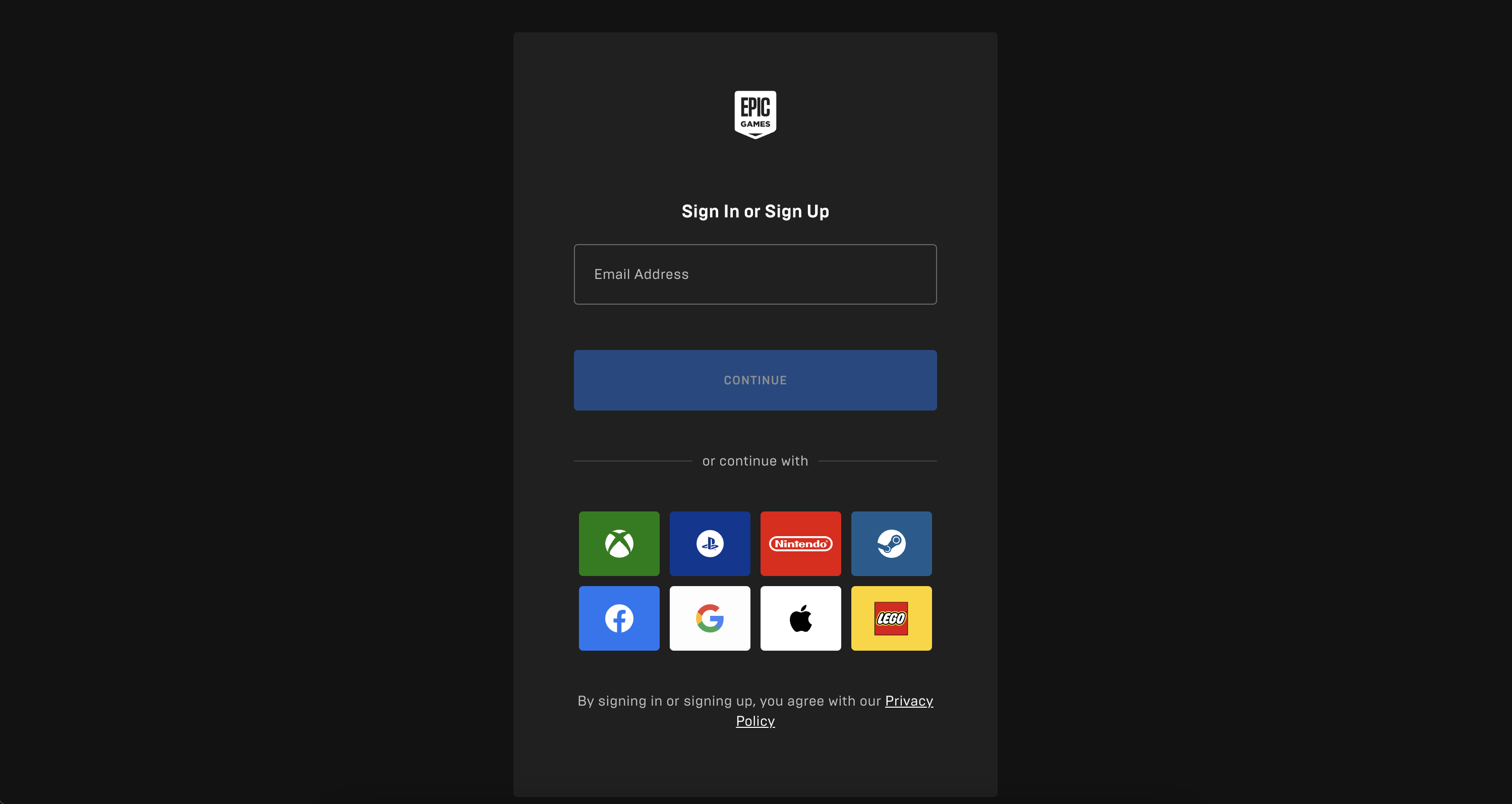
Analyze competitor's sign in and sign up pages to see new conversion methods
15. Integrations
Integrations are essential for B2B SaaS companies to have. Integrations with other products usually increase product usage and path dependency.
Tracking competitors' integrations can be valuable for:
- Understanding their ideal customer profile
- How they fit themselves into user's daily routine
For example,
- Salesforce integration for Sales teams
- HubSpot integration for Marketing teams
- WebHook integration for Developers
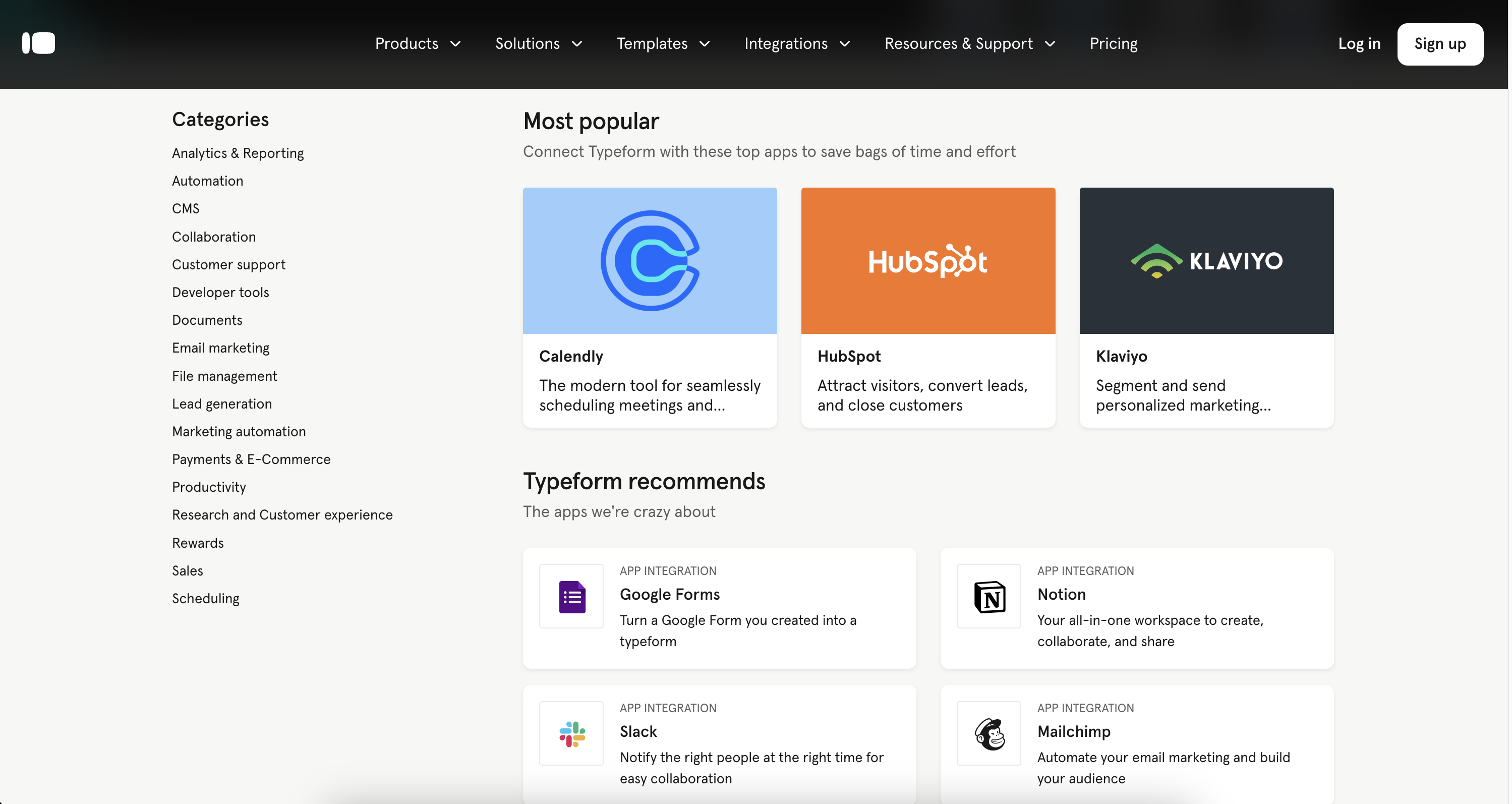
Analyze competitor's integrations to see how their products fit in the digital world
16. Partners
Some companies choose to go with partner-led growth. Not all companies are suitable for this type of business model. But if your competitors go this route, you should monitor their activities continuously.
It is also a good idea to monitor marketplaces for new market entrants.
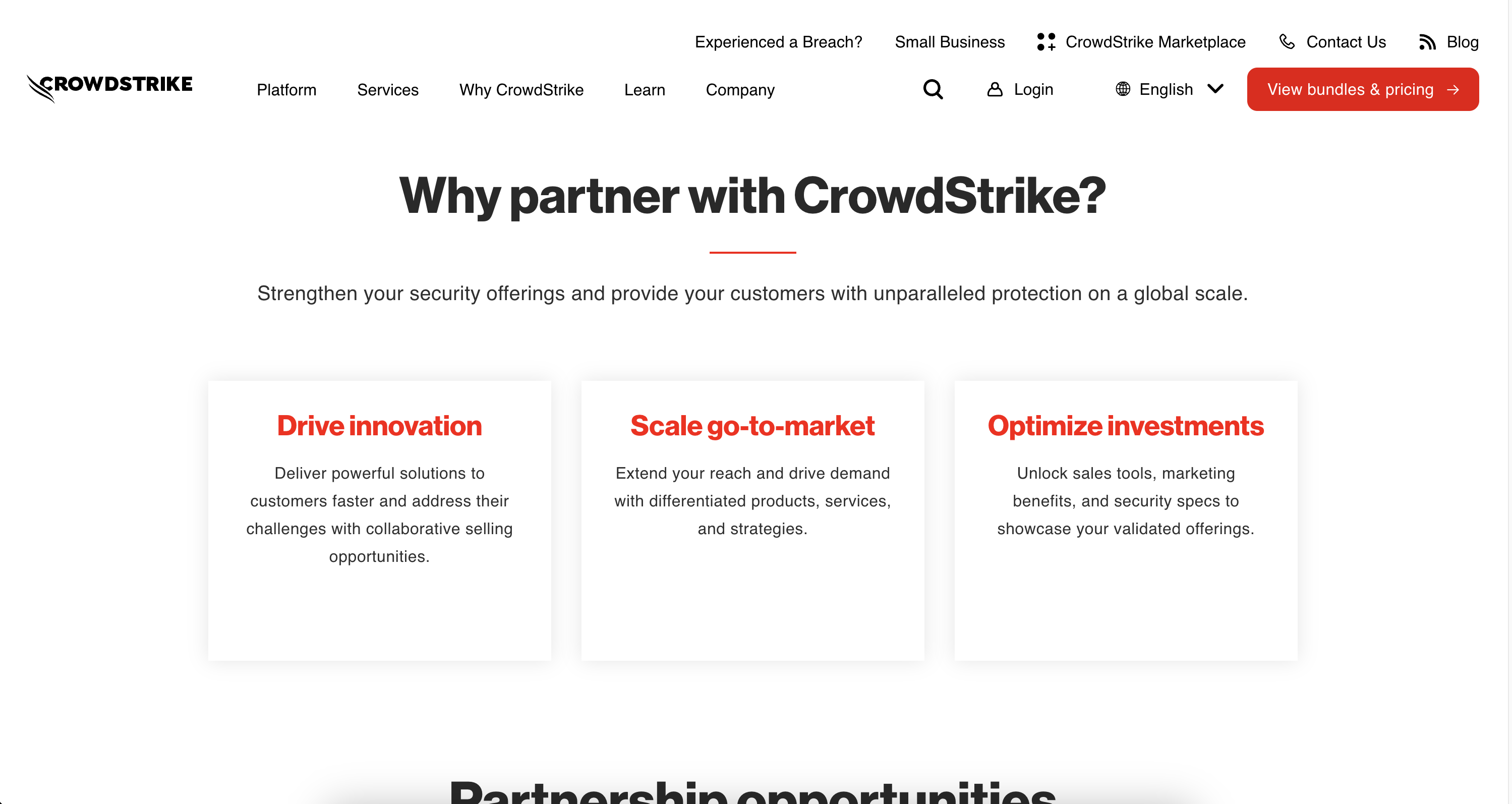
Analyze competitor's partners to see if they are going for partner-led growth
17. Call to action (CTA)
CTA is one of the most important elements of a website. It tells users what to do. A strong CTA increases the conversion rates, and your competitors know about this.
Tracking changes in the CTA is insightful. It helps to understand what competitors want visitors to do.
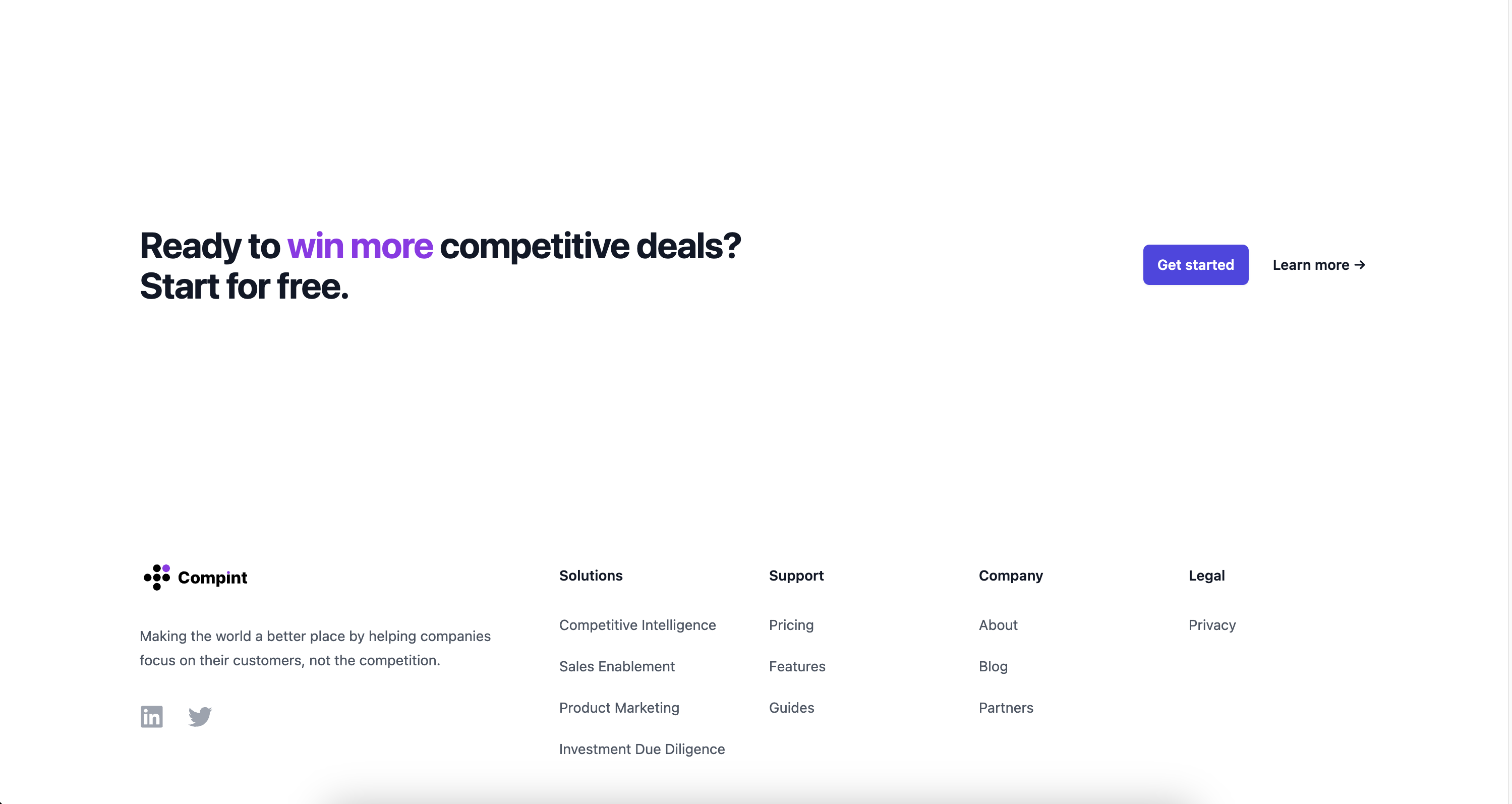
Analyze competitor's call to action (CTA) to see what they want from their website visitors to do
18. Forum
Some big companies have a forum for their users to ask questions. This is where their users and customers talk, and you should monitor trends there.
For example, if people have increasing questions about specific products. Or if there are new complaints about pricing.
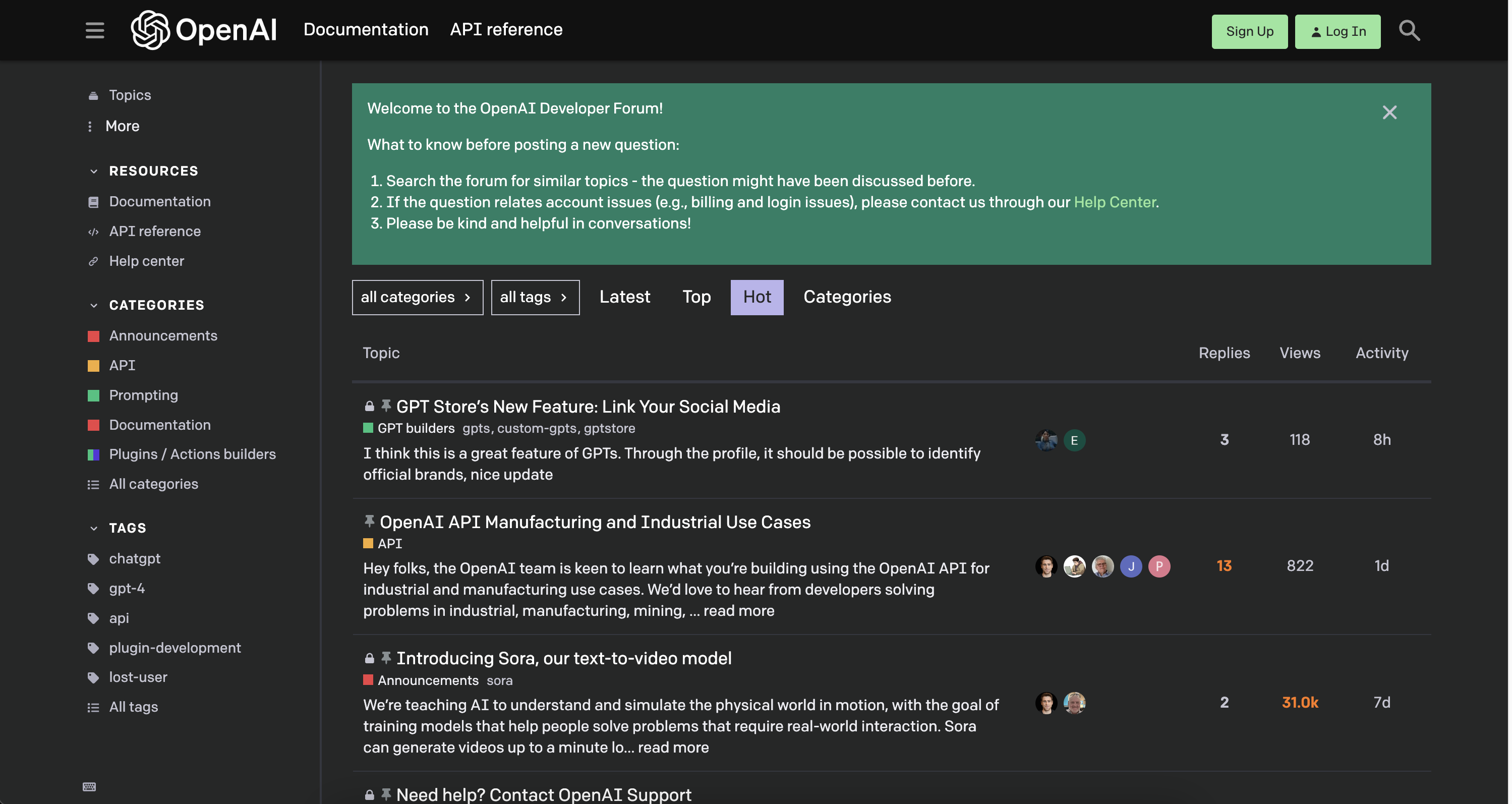
Analyze competitor's forum to see new complaints and product limits
19. Investor Relations (IR)
Some market leaders have an investor relations page. They include financial information and their roadmap on these pages.
If you are just a new market entrant, ignore this. Monitoring IR pages is only helpful for the biggest companies in the world.
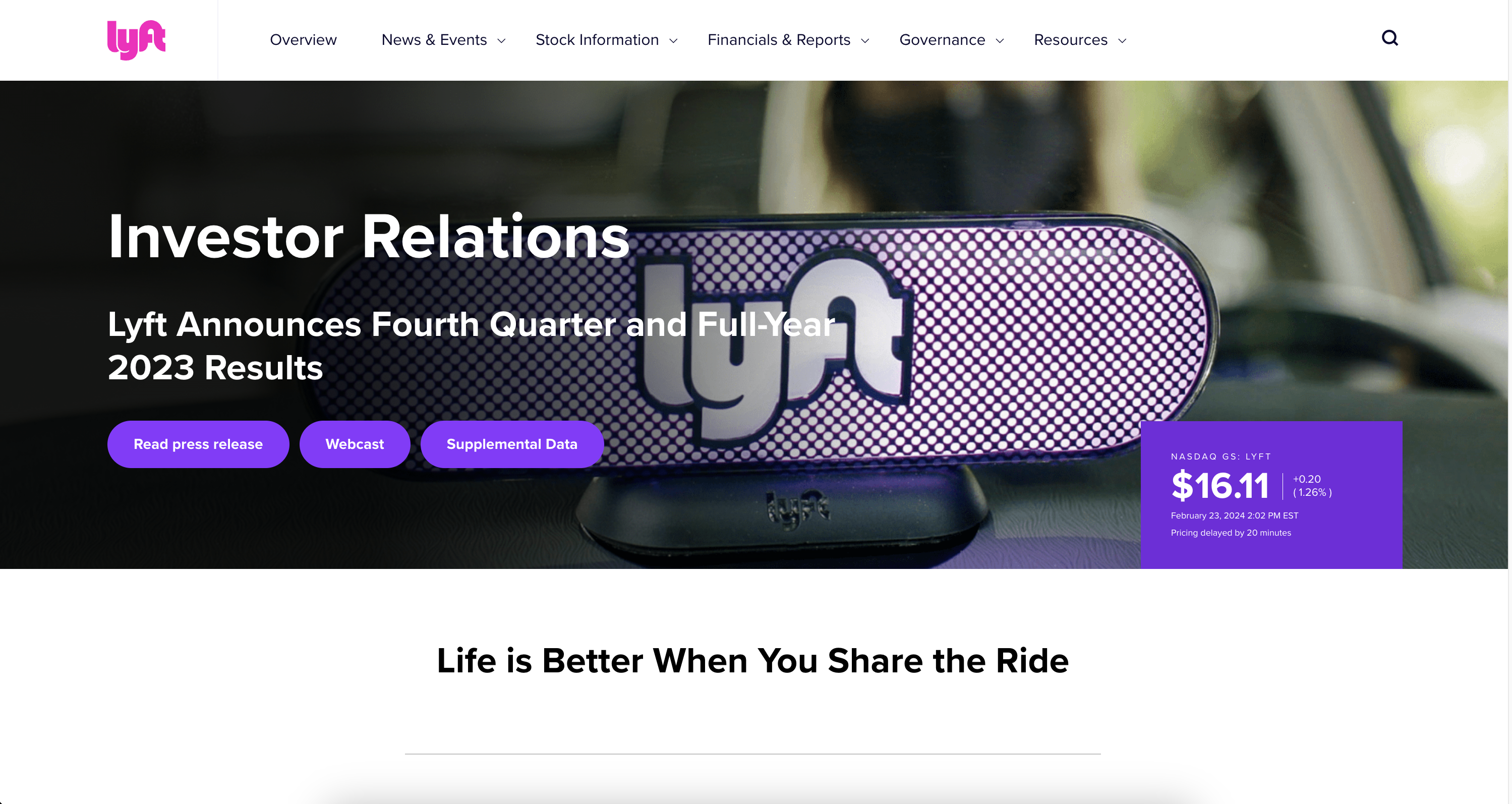
Analyze competitor's investor relations to get financial information
20. Leadership
There are a few reasons you need to monitor competitors' leadership pages. The main reason is that leadership changes affect the whole organization. They also affect the competition.
For example, why did they hire an ex-VP from Google?
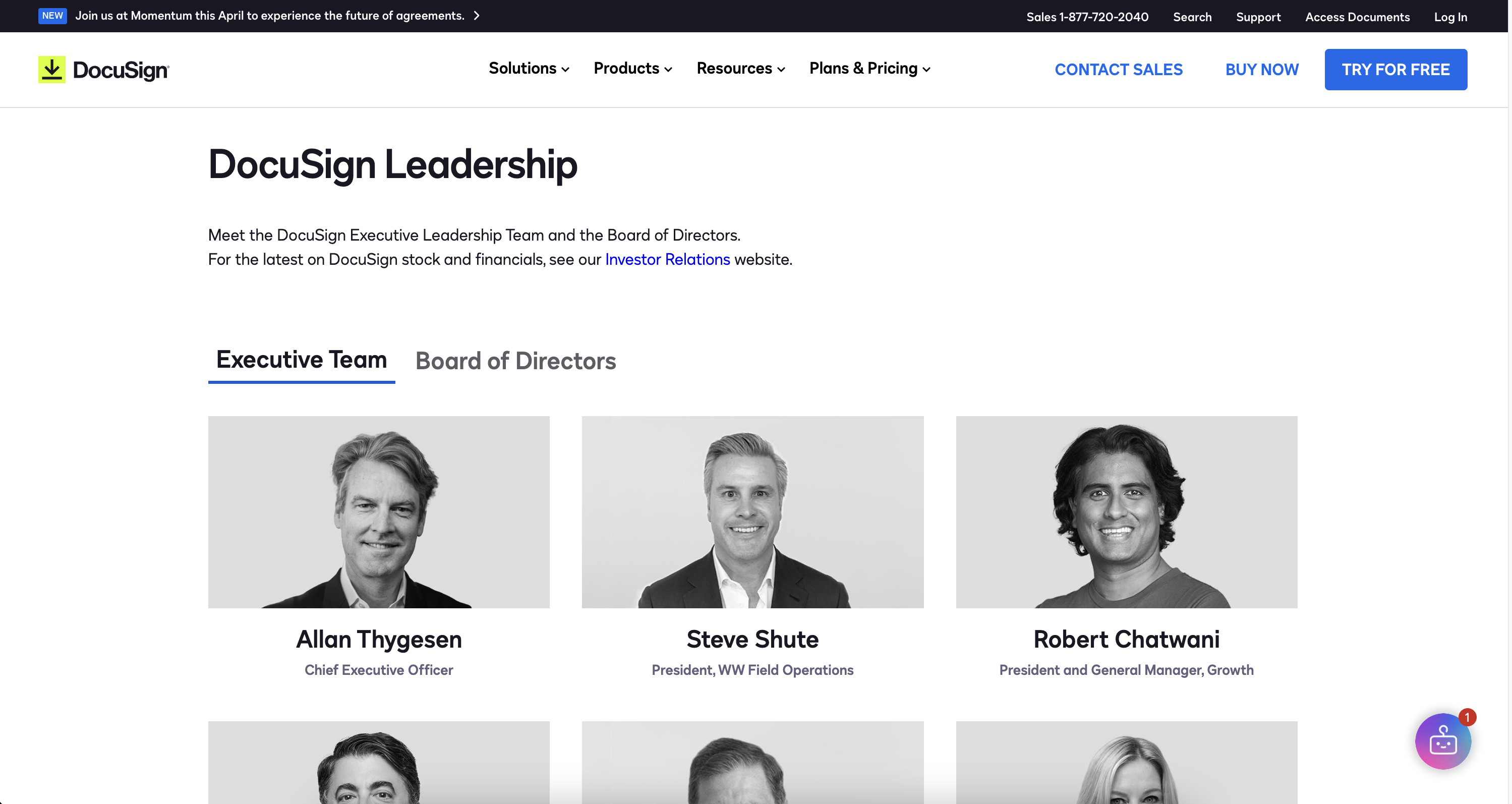
Analyze competitor's leadership to receive alerts for critical changes
21. Terms and Conditions
Legal policies are excellent sources of competitive intelligence. Such policies include insights about pricing, shipping and return conditions.
You should monitor such policies and official documents. See how they respond to regulations and how they use customer data.
Privacy policies are also helpful. They can show if some third party companies are mentioned.
For example, think about why there is a change related to data usage in their privacy policy.
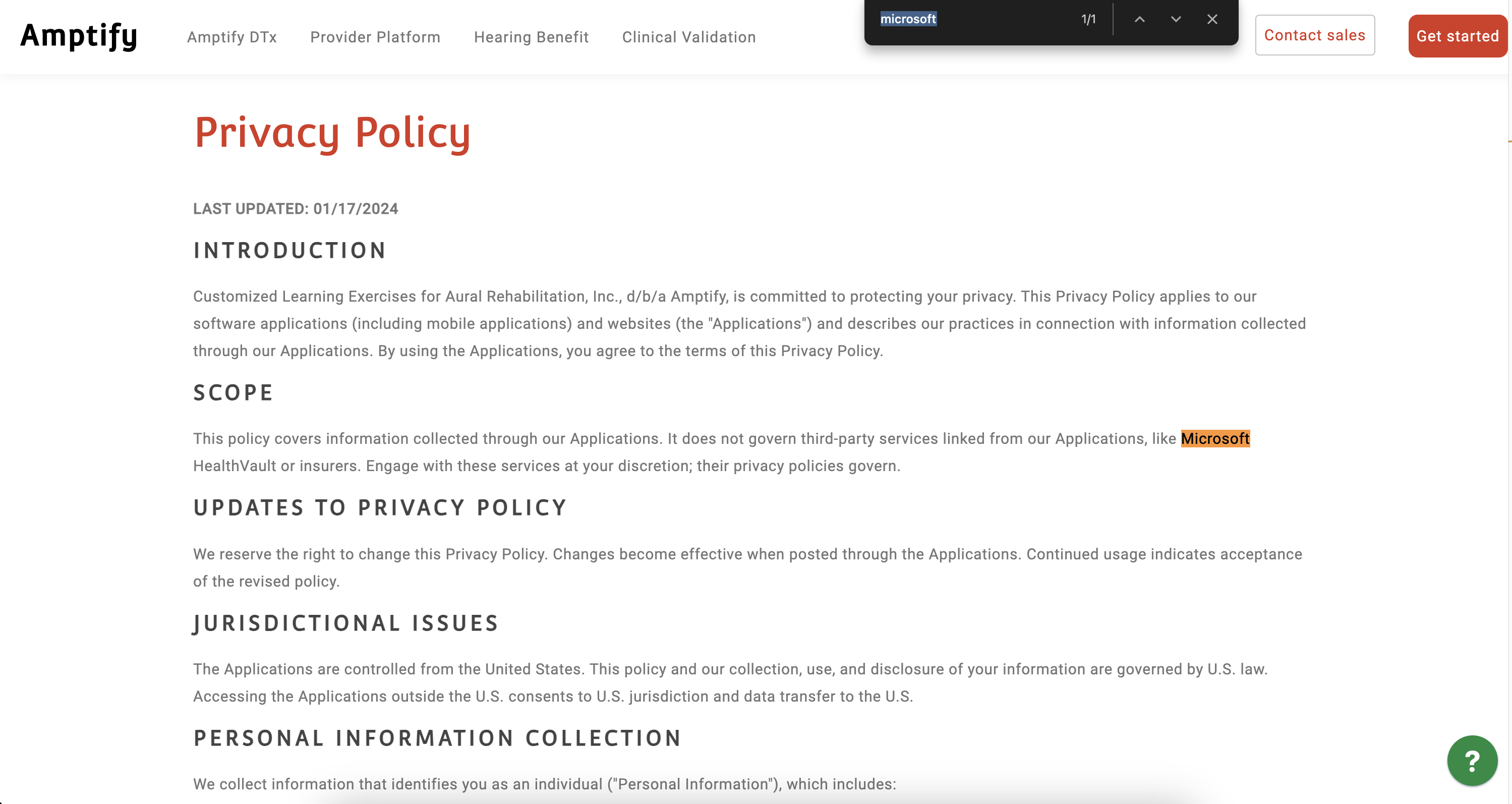
Analyze competitor's terms and conditions to see how competitors adapt to new regulatory changes
22. Request demo
Companies either have a pricing or request a demo page. Monitor both of them because there are always insights ready.
Request demo pages are important for another reason: what they request from the user to do a demo. Consider the reasons for the input fields on request demo pages.
For example, a company can ask for the number of employees in a request demo form.
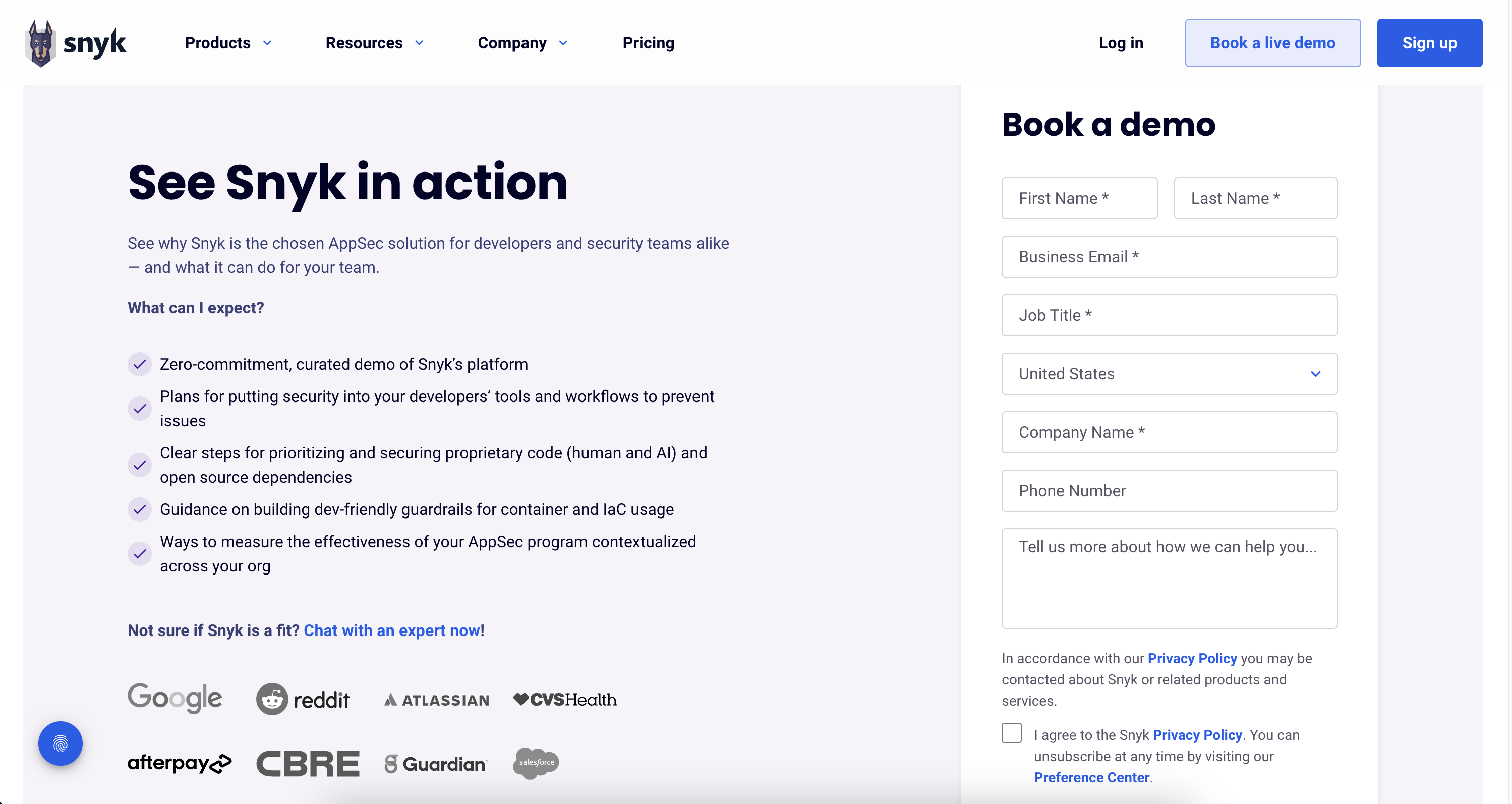
Analyze competitor's request demo page to see what they require to do a demo
23. Website design
Website design can affect the conversion rates a lot. Companies usually run A/B tests to try new website designs.
Although it is relatively easy to spot design changes, using a tool saves you time.

Analyze competitor's website design to estimate effects on conversion rate changes
How to monitor competitor websites for free
You can monitor critical pages and competitor sites with Compint for free.
Free competitor monitoring tool
It is super easy to start monitoring your competitors' websites.
Use Free competitor monitoring tool
Here is how to do it.
-
Identify which pages to monitor
-
Choose how often to check for changes
Although Compint monitors websites against changes all the time, you should be in control of some situations. With Check Frequency, you decide how often to check competitor websites.
-
Choose how often to receive alerts
Compint can detect even the tiniest changes on the websites. That could lead to an unnecessary amount of alerts and may be time-consuming. That's why we have the Alert Threshold feature. It lets you set a limit to get an alert for important changes.
-
Check your emails for alerts
Compint sends you alerts if an interesting change happens on websites. You do not need to do anything else!
-
That's it!
If you need to do some trend analysis, create a Compint account. We store all changes on our platform so that you can compare changes easily.
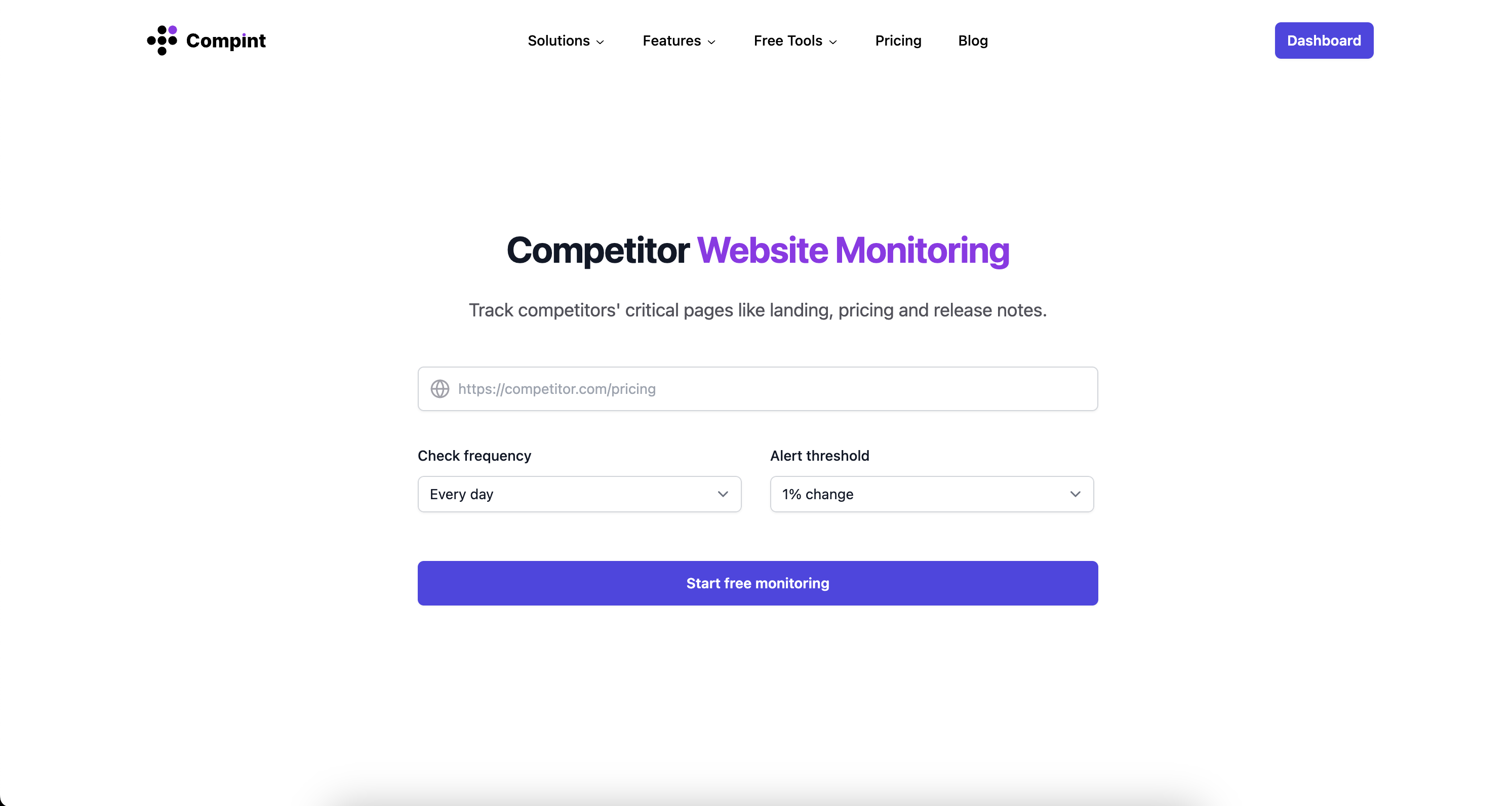
Analyze competitor's request demo page to see what they require to do a demo
Conclusion
Now, you know why you need to monitor competitor websites. You know which pages to monitor and how to monitor them for free.
You are wasting your time if you are still taking screenshots or comparing websites yourself. Just use an automated and free approach.
Compint helps you store and compare website changes side by side. It's super easy.
Create a Compint account now and monitor competitors' every move automatically.